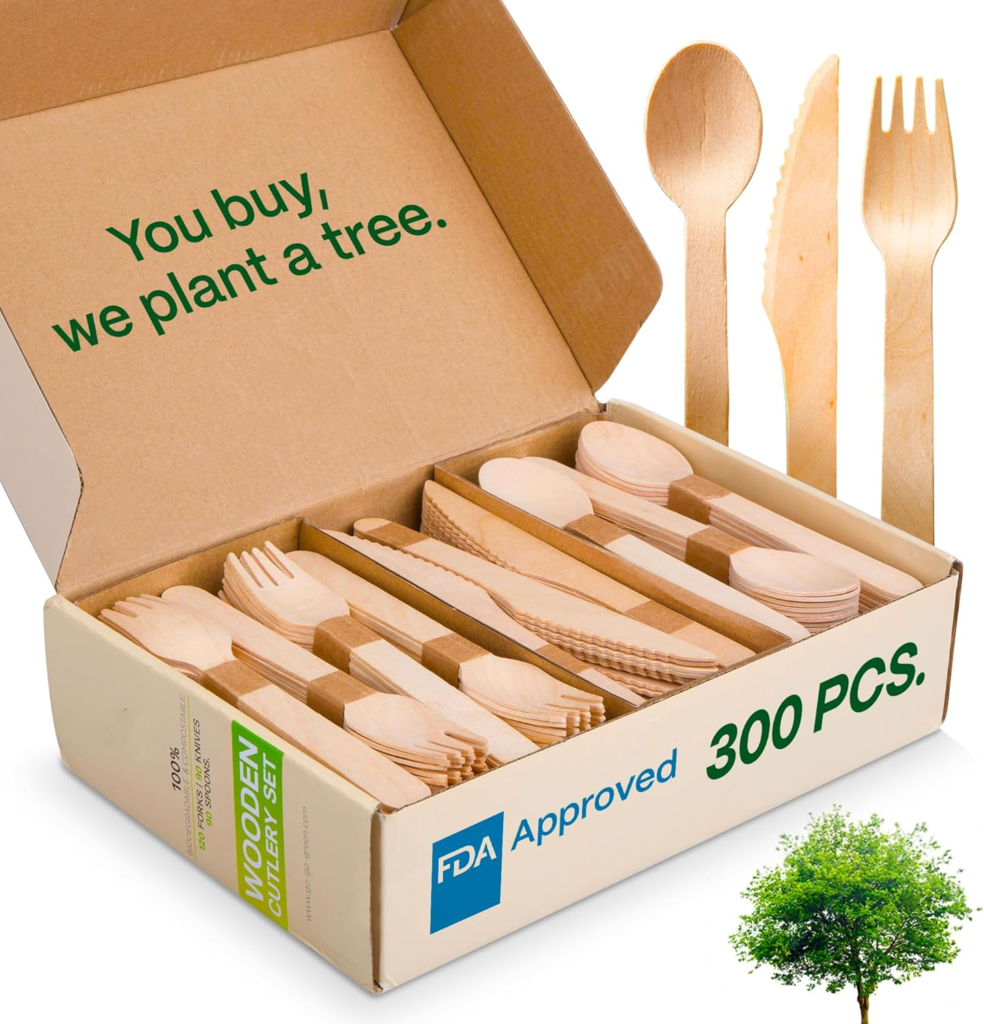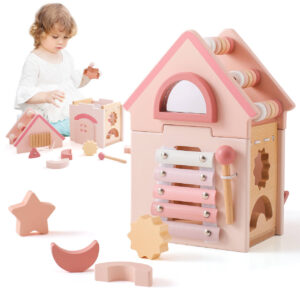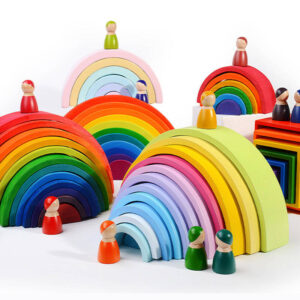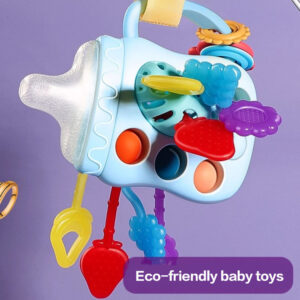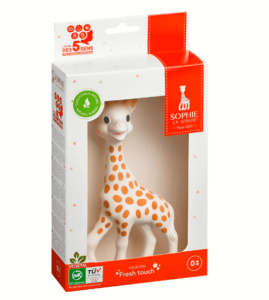Is Disposable Wooden Cutlery More Eco-Friendly Than Plastic?
Introduction
As the world moves towards sustainability, the debate between wooden and plastic disposable cutlery has intensified. While plastic utensils have long dominated the market, their environmental impact has led to a surge in eco-friendly alternatives, particularly wooden cutlery. But is wooden cutlery truly the better choice? This article explores the environmental impact, production processes, and sustainability of both options to determine which is the more eco-friendly solution.
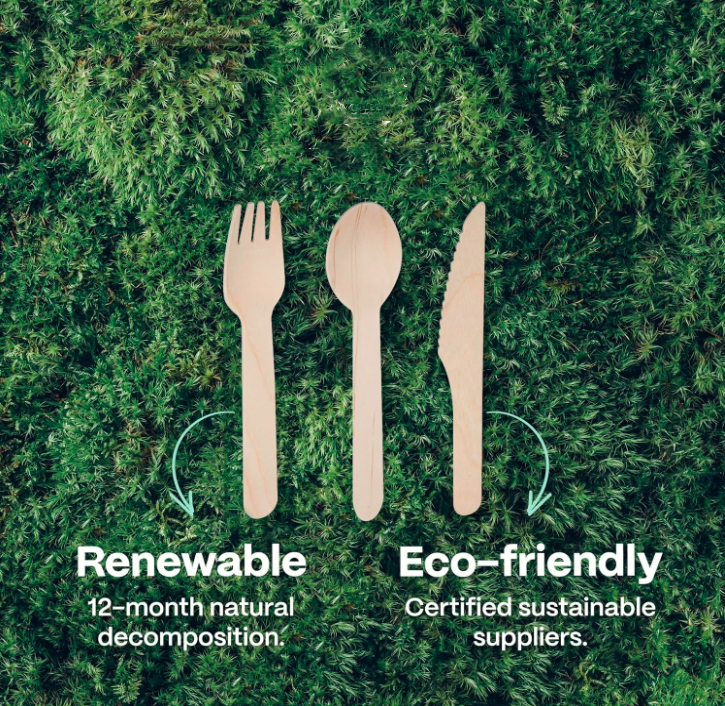
1. Environmental Impact: Plastic vs. Wood
Plastic Cutlery: The Environmental Burden



Wooden Cutlery: A Greener Alternative?



Winner: Wooden cutlery is significantly more eco-friendly.
2. Production Process and Sustainability
Plastic Cutlery Manufacturing



Wooden Cutlery Production



Winner: Wooden cutlery is more sustainable in production.
3. Disposal and Decomposition
Plastic Cutlery



Wooden Cutlery



Winner: Wooden cutlery wins for its quick decomposition and zero waste.
4. Durability and Practicality
Plastic Cutlery




Wooden Cutlery




Winner: Plastic is more moisture-resistant, but wooden cutlery offers durability with sustainability.
5. Consumer Trends and Regulations



Conclusion: Is Wooden Cutlery More Eco-Friendly?
Yes! Disposable wooden cutlery is significantly more eco-friendly than plastic. It is biodegradable, compostable, and sourced from renewable materials, whereas plastic contributes to long-term pollution and environmental harm.
For businesses and consumers looking to make a sustainable choice, wooden cutlery is the clear winner. Switching to biodegradable alternatives is not just a trend—it’s a necessity for a greener future.

